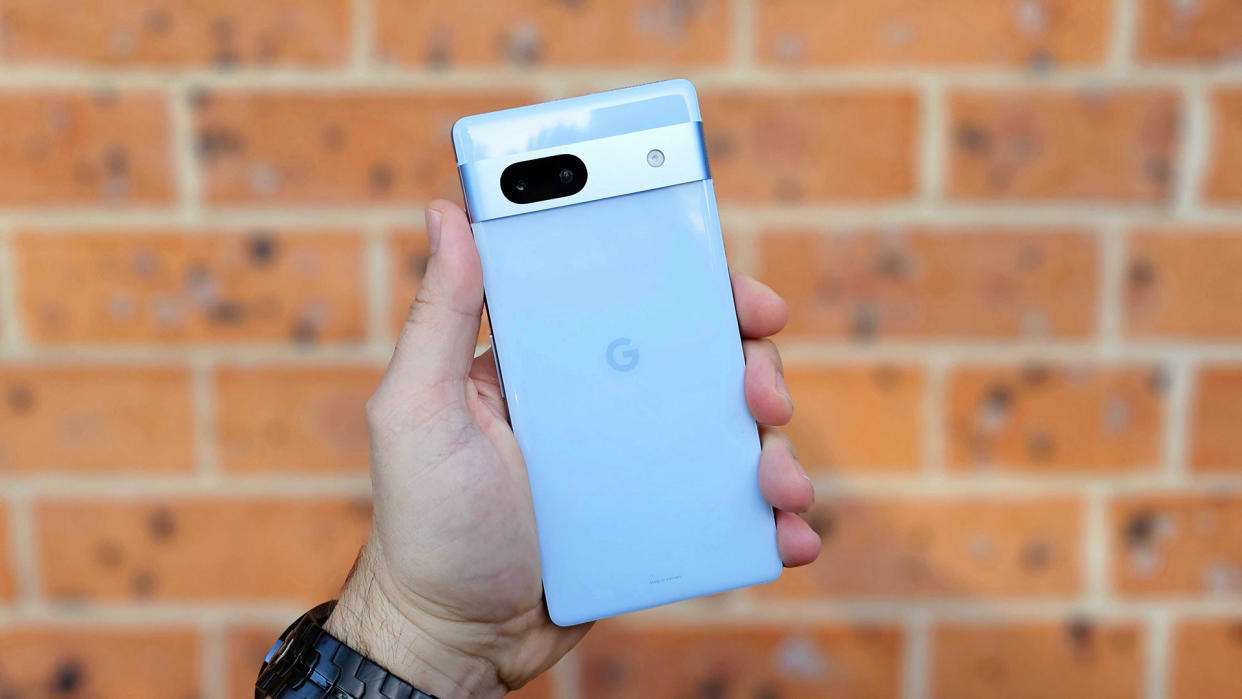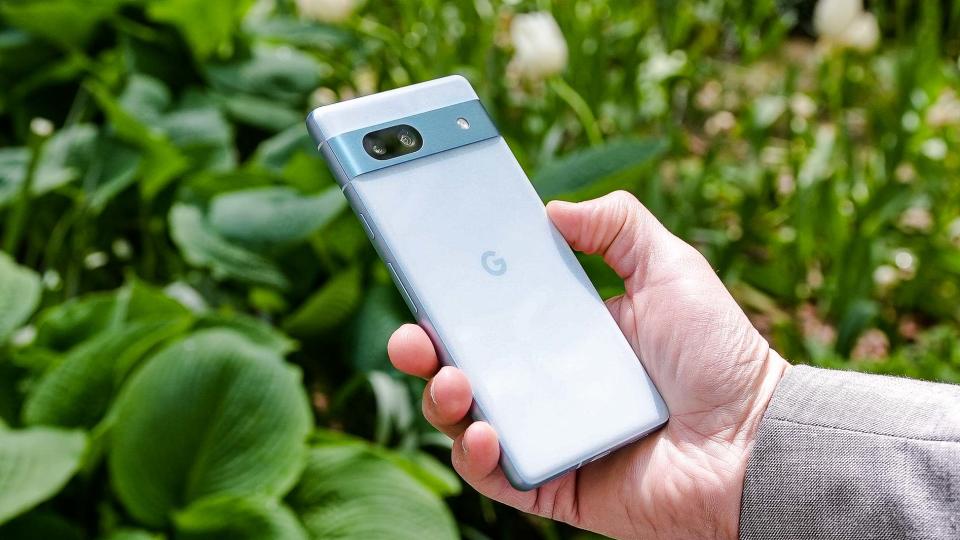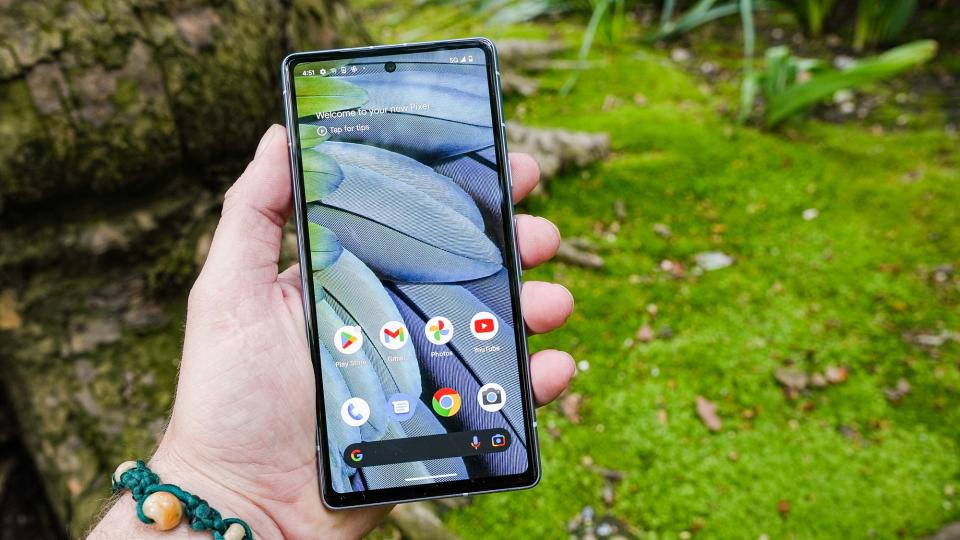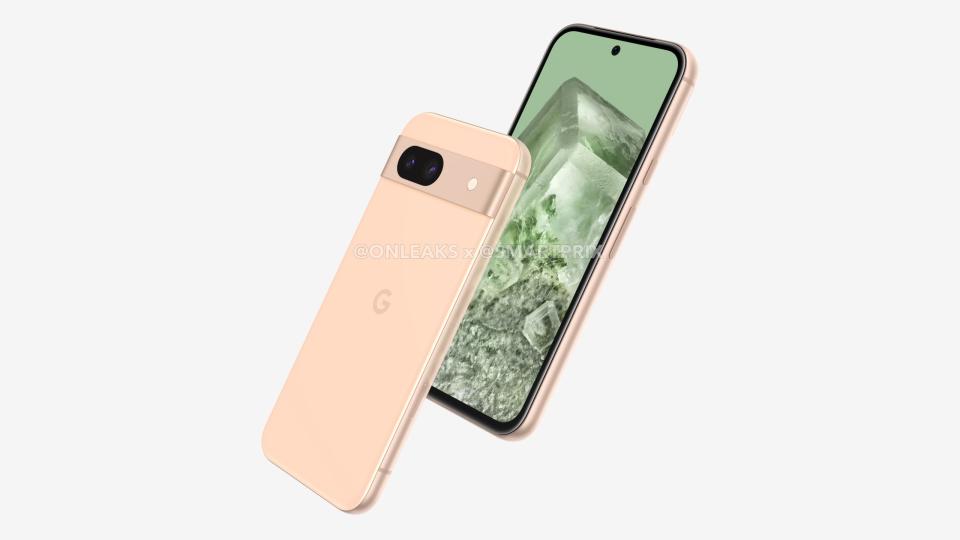Google Pixel 8a — these are the 3 upgrades Google needs to make

The Google Pixel 8a has a tough act to follow when it first appears in 2024, most likely by mid-year if Google sticks to recent release schedules. For starters, the Pixel 7a was the best cheap phone we saw this past year, and considering how strong the competition among midrange phones has been lately, that's quite an impressive feat.
But there's another challenge facing the Pixel 8a if it hopes to built on the Pixel 7a's success — there's only really so much you can expect from Google's latest A series phone, given how heavily it draws on the current Google flagships for inspiration.
To put it another way, even though details about the Pixel 8a have yet to emerge, officially or otherwise, it's a pretty safe bet the phone will feature a Tensor G3. That's the chip found in the Pixel 8 series introduced this past fall, and since Google's switch to its self-designed Tensor chipset with the Pixel 6, all subsequent A series phones have then relied on that same silicon.

A Tensor G3-equipped Pixel 8a would support the same AI-powered features Google bestowed upon the Pixel 8. Want the Magic Editor tool that lets you manipulate photos to your liking in the Photos app to find its way to the Pixel 8a. That's the safest bet in the world, given the likely presence of the G3 system-on-chip in the upcoming midrange device. The same thing goes for Audio Magic Eraser and advanced call screening capabilities from the Pixel 8. Just about the only feature unlikely to reach the budget phone is Video Boost, but only because that's limited to Pixel 8 Pro models at the moment.
The same thing goes for the Pixel 8a design — it's likely going to be a carbon copy of what the Pixel 8 offered, only with a lot more plastic than you find on Google's flagship phones. Google already boosted the refresh rate on the Pixel 7a's display to 90Hz and with the Piel 8 now featuring a 120Hz refresh rate, there's nowhere for the Pixel 8a to really go. Likewise, forget about a dedicated telephoto lens on the Pixel 8a. That's a feature reserved for Google's Pro phones.

So when you draw up a Pixel 8a wishlist, you do so with the understanding that there are limits to what you can reasonably expect Google to do. The point of the A series isn't to push what's possible with Google phones; rather, it's to strike the right balance between premium features and a more affordable price tag than even the relatively low-cost Pixel 8.
Still, even with those parameters in place, we can highlight a trio of things we'd like to see changed with the Pixel 8a's arrival later this year. With the undestanding that the Tensor G3 chip and all the features it enables are earmarked for the Pixel 8a, here's what I'd like to see from Google's next midrange phone.
Better battery life

If the Pixel A series phones have had a weakness over the years, it's been in regard to battery life. The Pixel 6a fell particularly short in that area, with a result that was 3.5 hours behind the average smartphone in our battery test. The Pixel 7a at least managed to hit the average result for smartphones in that same test, though with the adaptive refresh rate on its display turned off.
The Pixel 8 lineup provides a little bit of hope here, with the Pixel 8 Pro turning in a respectable time in line with the category average; the standard Pixel 8 was a little bit off the pace, though not by a huge amount. The conclusion we've drawn from testing both Pixel 8 phones is that Google figured out some way to improve power management with the Tensor G3 chipset. Hopefully, that translates to improved battery life for the Pixel 8a.
A brighter screen

Let's be clear — the Pixel 7a's display wasn't all that dim. We got a reading of 931 nits with a light meter when testing the phone's maximum brightness. That's a brighter result than the Samsung Galaxy A54 (854 nits), probably the Pixel 7a's closest competitor on the cheap midrange phone front.
Still, while I didn't have any trouble seeing the Pixel 7a's display on bright, sunny days, I did have to turn off the adaptive brightness feature to ensure the clearest view. I also can't help but notice that displays overall are getting brighter — the Pixel 8 promises 2,000 nits of peak brightness, for example. (We got a reading of 1,349 nits with HDR turned on.) I'd like to see that feature trickle down to the Pixel 8a, as so many premium features have already.
A lower price

Amid the rave reviews of the Pixel 7a, it's easy to forget the phone cost more than its predecessor, with Google adding $50 to the price tag. Google's midrange model still costs less than $500, but with a starting price of $499, it's only just below that psychological threshold.
Also, as affordable as the Pixel 7a may be, it's undercut on price by its major rivals. The Galaxy A54 starts at $449 while the iPhone SE can be yours for $429. Those phones may ultimately fall short of the Pixel's standard, but not by so much that you wouldn't be tempted by the lower costs.
I know that prices of phone components have climbed upward lately, but I'm hopeful that Google can find a way to offer the Pixel 8a for less than it charged for the Pixel 7a. With so many of the Pixel 8a's improvements already dictated by the likely use of the Tensor G3, a drop in price would be the biggest upgrade of them all.
Google Pixel 8a outlook
If Google follows the release schedule for the past couple Pixel A Series phones, we're not likely to lay eyes on the Pixel 8a until the Google I/O developers conference, which typically takes place in May. That leaves a lot of time for more details about Google's plans to emerge.
Still, with battery life, screen brightness and overall price, that gives Google a solid to-do list for its upcoming phone. I can't wait to see if the phone maker is up to the task.
